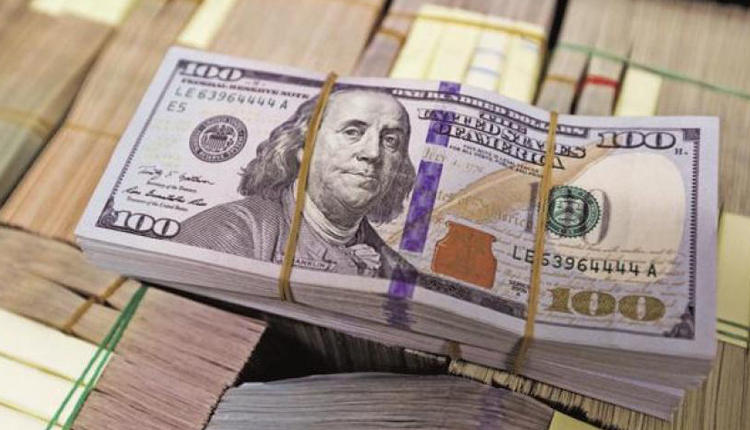Dollar was lower on Friday morning in the North American session as some optimism for the ongoing trade talks with China bolstered trade-linked currencies like the euro and the British pound.
Hopes that the United States and China may soon end their trade war after White House economic advisor Larry Kudlow said a deal was getting close lifted trade-exposed currencies on Friday at the expense of safe-haven assets such as the Japanese yen. Given the lack of concrete detail in Kudlow’s comments, however, markets mostly stayed cautious.
“To be blunt, such rhetoric is more or less the same as Steven Mnuchin (who) said months ago that a deal was ’99 percent done’,” Commerzbank analysts wrote in a note to clients, though they acknowledged the comments had benefited sentiment.
They said the comments could not be taken seriously until the trade documents could be assessed and a deal was signed.
The dollar fell 0.26 percent against the euro and 0.15% against the British pound, at $1.105 and $1.29 respectively. It rose 0.37 percent versus the yen, last at 108.79, suggesting an end to the past week’s dollar-yen slump may be in sight. The Swiss franc also weakened 0.16 percent versus the dollar.
But bleak Chinese data earlier in the week were still bolstering hopes for a deal, some analysts argued.
“The belief is that perhaps, even though the numbers in the United States are barely expansionary … the fact that China is slowing down means that there is perhaps economic leverage on the U.S. side and that China will sign on to whatever,” said Juan Perez, senior foreign exchange trader and strategist at Tempus Inc.
On Friday, the Commerce Department reported that U.S. retail sales rebounded in October, but consumers cut back on purchases of big-ticket household items and clothing, raising questions about the consumer strength currently underpinning the U.S. economy.
That may have also contributed to the rise in the euro and the pound.
“When we were looking at second-quarter numbers for Europe and the United Kingdom, those numbers were very worrisome, but that now we’re looking at the third-quarter numbers, their progress has been a little bit better and their pace has been at expectation or beyond, whereas the United States has actually slowed down,” said Perez.
“The dollar is finally today reacting to those numbers and saying the economic pace of the United States is not that great.”
Source: Reuters



